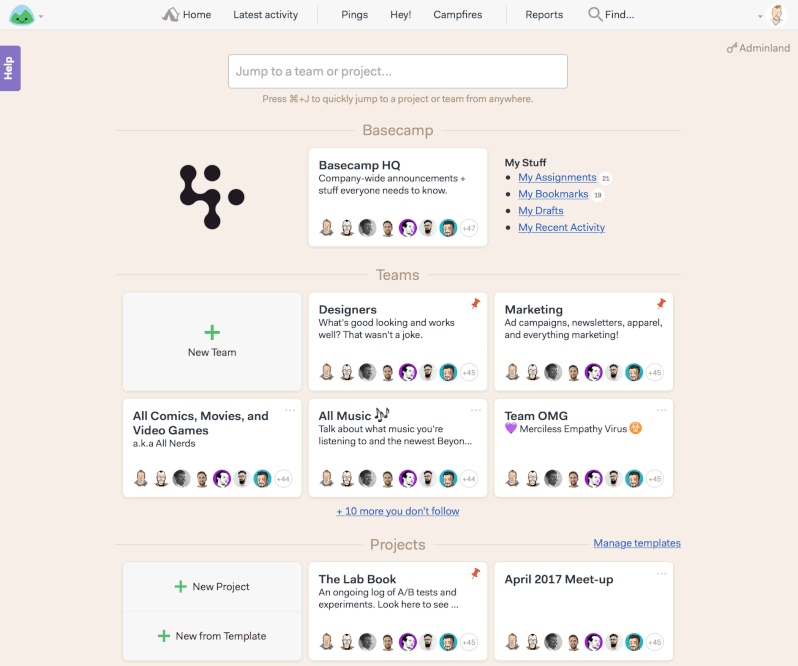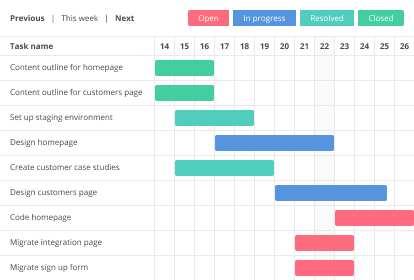

- #Microsoft task management tool free key code activation key
- #Microsoft task management tool free key code code
- #Microsoft task management tool free key code license
Indentation creates relationships between the deliverables and its component sub-deliverables. Make sure that you keep indenting each level. Repeat this process till you reach the work package level. In MS Project, for each sub-deliverable, type the list of activities. You should be careful to ensure that each work package contains only one deliverable.
Decompose the final deliverables into activities and continue this exercise till a level is reached (work package) where you can control and monitor the individual tasks. Now, you will have the final deliverable comprising the sub-deliverables in MS Project. Indent all the sub-deliverables by using the forward arrow key in MS Project. Enter the list of final deliverables in the Task Name field.  Evaluate the final deliverables that need to be created to achieve the objectives identified in step 1. In MS Project, type the name of the final objective in the Task Name field. This involves a detailed analysis of the project scope document. Identify the final objective of the project. The steps followed in the top-down approach are listed below: One of the commonly used methodologies for creating a WBS is the top-down methodology. The 8/80 rule commonly followed by project managers, propagates that the size of the work package should not be less than 8 hours and not greater than 80 hours.Ĭreating a WBS in MS Project Using the Top-Down MethodologyĪ WBS can be created by using a number of tools and methodologies. Similarly, if the work package is too small, it would consume a lot of effort in managing. A work package that is too big would imply loose control on the activities. One of the main problems that project managers face while creating a WBS is deciding on the correct size for a work package. The work package also includes the schedule activities and milestones to be accomplished to complete the work package deliverable. Work Package: The lowest level WBS component for each branch of the WBS is known as the work package. WBS Element: Each component of the WBS and its attributes comprise a WBS element. The parent depicts a higher level which is decomposed into the child element. Tree structure view: In this format, the WBS is depicted using a tree structure with each child element connected to the parent element through a line. Tabular view: In this format, the hierarchical structure of the WBS is represented with the help of the columns of a table. Outline view: In this format, the WBS is depicted using different levels of indentation, with an accompanying WBS code number for each element. Typical formats for representing a WBS structure are:
Evaluate the final deliverables that need to be created to achieve the objectives identified in step 1. In MS Project, type the name of the final objective in the Task Name field. This involves a detailed analysis of the project scope document. Identify the final objective of the project. The steps followed in the top-down approach are listed below: One of the commonly used methodologies for creating a WBS is the top-down methodology. The 8/80 rule commonly followed by project managers, propagates that the size of the work package should not be less than 8 hours and not greater than 80 hours.Ĭreating a WBS in MS Project Using the Top-Down MethodologyĪ WBS can be created by using a number of tools and methodologies. Similarly, if the work package is too small, it would consume a lot of effort in managing. A work package that is too big would imply loose control on the activities. One of the main problems that project managers face while creating a WBS is deciding on the correct size for a work package. The work package also includes the schedule activities and milestones to be accomplished to complete the work package deliverable. Work Package: The lowest level WBS component for each branch of the WBS is known as the work package. WBS Element: Each component of the WBS and its attributes comprise a WBS element. The parent depicts a higher level which is decomposed into the child element. Tree structure view: In this format, the WBS is depicted using a tree structure with each child element connected to the parent element through a line. Tabular view: In this format, the hierarchical structure of the WBS is represented with the help of the columns of a table. Outline view: In this format, the WBS is depicted using different levels of indentation, with an accompanying WBS code number for each element. Typical formats for representing a WBS structure are:  Visual Representation Format: A WBS can be represented in a number of ways, depending on the ease of use for the project team and the organisation. WBS Code Numbers: The WBS code number is a unique identifier for each element of the WBS and should be such that it can be easily expanded to accommodate any future revisions to the WBS. The basic purpose of the WBS dictionary is to remove any ambiguity regarding the scope of work. It provides detailed information about the work to be done, activities, and milestones, cost estimates, resources required, and contract information for each element of the WBS. WBS Dictionary: The WBS dictionary is an important part of the WBS and it further details the activities of each element of the WBS. The number and complexity of the WBS levels is dependent on the size and nature of the project. WBS Levels: All the work to be done on the project is categorised into hierarchical levels with the upper levels depicting the major deliverables for the project and the lower levels depicting the granular level activities needed to be performed towards achieving the deliverable. Assist with license compliance by enabling IT administrators to monitor system license state, including whether systems are licensed and running genuine Windows or Office. Perform disconnected proxy activation and reactivation of systems without each system having to connect with Microsoft activation services individually. Activate remote systems using Key Management Service (KMS), Multiple Activation Key (MAK) or retail activation methods. Manage product keys obtained from the Volume Licensing Service Center (VLSC) or other sources including retail and Microsoft subscription programs such as MSDN, TechNet and partner programs - and product activations using those keys. Using the VAMT console, administrators can perform many activation-related tasks on remote computers: A convenient command line interface (CLI) allows automated, scheduled VAMT tasks without UI interaction. VAMT uses Windows Management Instrumentation (WMI) to configure managed systems. Volume Activation Management Tool (VAMT) 2.0 is a managed MMC plug-in.
Visual Representation Format: A WBS can be represented in a number of ways, depending on the ease of use for the project team and the organisation. WBS Code Numbers: The WBS code number is a unique identifier for each element of the WBS and should be such that it can be easily expanded to accommodate any future revisions to the WBS. The basic purpose of the WBS dictionary is to remove any ambiguity regarding the scope of work. It provides detailed information about the work to be done, activities, and milestones, cost estimates, resources required, and contract information for each element of the WBS. WBS Dictionary: The WBS dictionary is an important part of the WBS and it further details the activities of each element of the WBS. The number and complexity of the WBS levels is dependent on the size and nature of the project. WBS Levels: All the work to be done on the project is categorised into hierarchical levels with the upper levels depicting the major deliverables for the project and the lower levels depicting the granular level activities needed to be performed towards achieving the deliverable. Assist with license compliance by enabling IT administrators to monitor system license state, including whether systems are licensed and running genuine Windows or Office. Perform disconnected proxy activation and reactivation of systems without each system having to connect with Microsoft activation services individually. Activate remote systems using Key Management Service (KMS), Multiple Activation Key (MAK) or retail activation methods. Manage product keys obtained from the Volume Licensing Service Center (VLSC) or other sources including retail and Microsoft subscription programs such as MSDN, TechNet and partner programs - and product activations using those keys. Using the VAMT console, administrators can perform many activation-related tasks on remote computers: A convenient command line interface (CLI) allows automated, scheduled VAMT tasks without UI interaction. VAMT uses Windows Management Instrumentation (WMI) to configure managed systems. Volume Activation Management Tool (VAMT) 2.0 is a managed MMC plug-in.







 0 kommentar(er)
0 kommentar(er)
